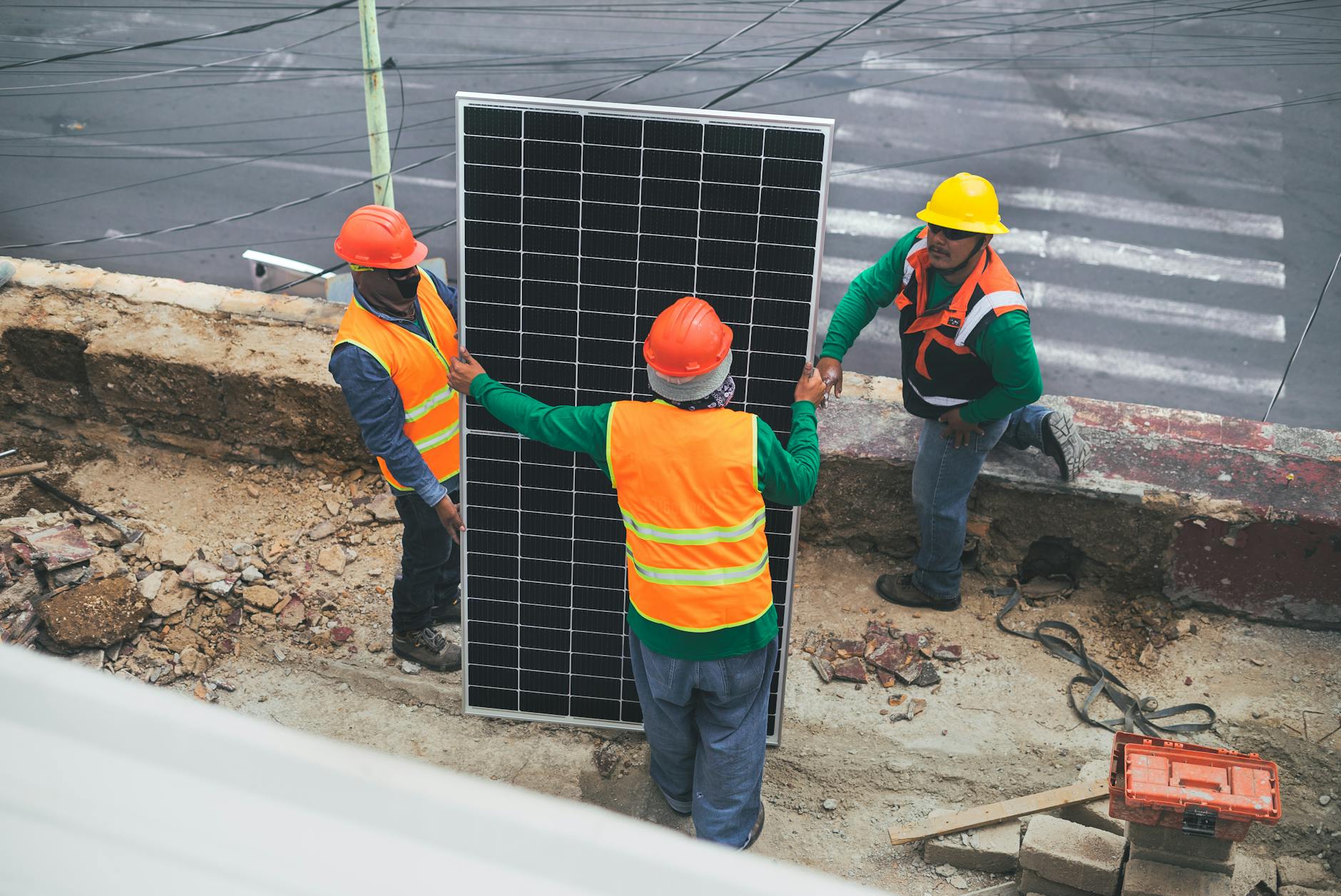
Personal Protective Equipment Usage and Maintenance
Introduction to Personal Protective Equipment (PPE)
Personal Protective Equipment (PPE) refers to protective clothing, helmets, goggles, or other garments or equipment designed to protect the wearer’s body from injury or infection. The primary purpose of PPE is to minimize the exposure to hazards that may cause serious workplace injuries or illnesses.
Types of Personal Protective Equipment
Head Protection
Head protection includes helmets or hard hats designed to protect the head from impact injuries.
Eye and Face Protection
Eye and face protection includes safety glasses, goggles, face shields, or full-face respirators to protect against chemical splashes, flying debris, or other hazards.
Respiratory Protection
Respiratory protection includes masks, respirators, or self-contained breathing apparatus (SCBA) to protect against inhaling harmful substances or airborne particles.
Hand Protection
Hand protection includes gloves made from various materials such as latex, nitrile, or leather to protect against cuts, chemical exposure, or other hazards.
Body Protection
Body protection includes coveralls, vests, or aprons designed to protect the torso and limbs from chemical exposure, heat, or other hazards.
Foot Protection
Foot protection includes safety boots or shoes with reinforced toes and soles to protect against punctures, slips, or electrical hazards.
Importance of Proper PPE Usage
Proper PPE usage is crucial for maintaining a safe work environment and preventing injuries or illnesses among workers. It also ensures regulatory compliance with occupational safety and health standards.
Guidelines for Selecting Appropriate PPE
When selecting PPE, it’s essential to assess workplace hazards thoroughly, understand the specific PPE requirements, and ensure that the equipment fits properly and provides adequate comfort for the wearer.
Proper Usage of PPE
Proper usage of PPE involves following correct donning and doffing procedures, inspecting equipment before each use, and properly maintaining and storing PPE when not in use.
Common Mistakes in PPE Usage
Common mistakes in PPE usage include wearing equipment that doesn’t fit correctly, using damaged or expired equipment, and neglecting proper maintenance procedures.
Training and Education on PPE
Employers must provide comprehensive training programs on PPE usage and maintenance, including regular refresher courses to ensure employees understand the importance of PPE and how to use it correctly.
PPE Maintenance and Cleaning
Proper maintenance and cleaning of PPE are essential to ensure its effectiveness and longevity. Different types of PPE require specific cleaning procedures and storage considerations to prevent damage or contamination.
PPE Disposal
Proper disposal of PPE is necessary to minimize environmental impact and prevent contamination. Employers should follow appropriate disposal methods for different types of PPE, considering environmental regulations and guidelines.
Monitoring and Evaluation of PPE Program
Regular monitoring and evaluation of the PPE program are essential to identify any shortcomings or areas for improvement. This includes conducting regular inspections and gathering feedback from employees on the effectiveness of the PPE provided.
Cost Considerations
While there may be initial costs associated with implementing a comprehensive PPE program, the long-term benefits, such as reduced workplace injuries and illnesses, often outweigh the expenses. Employers should consider the cost-effectiveness of different PPE options and prioritize employee safety.
Conclusion
Personal Protective Equipment (PPE) plays a crucial role in ensuring the safety and well-being of workers in various industries. By following proper usage and maintenance procedures, employers can minimize workplace injuries and illnesses, comply with regulatory standards, and create a safer work environment for all employees.
10 Personal Protective Equipment and Their Uses
Proper Use of Equipment and PPE
Hand Protection: Glove Selection and Proper Use
Eye Protection: Selection and Maintenance
Respiratory Protection: Selection and Maintenance
FAQs
- Why is proper PPE usage important?Proper PPE usage is important because it helps protect workers from workplace hazards and reduces the risk of injuries or illnesses.
- How often should PPE be inspected?PPE should be inspected before each use to ensure it is in good condition and free from defects or damage.
- What should I do if my PPE is damaged?If your PPE is damaged, it should be replaced immediately to ensure continued protection against workplace hazards.
- Who is responsible for providing PPE?Employers are generally responsible for providing PPE to their employees and ensuring it is appropriate for the hazards present in the workplace.
- Can I reuse disposable PPE?Disposable PPE should generally not be reused, as it may become contaminated or less effective after use.
























